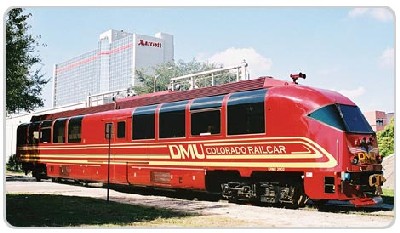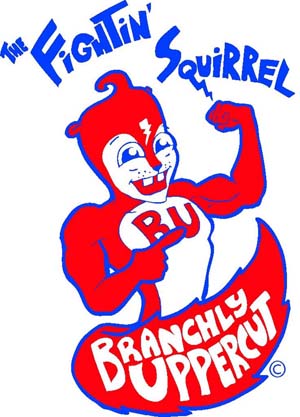I got the most interesting e-mail today stating that “CIRY [Central Illinois Railroad Company] wants out of their contract/agreement to provide rail service to Pioneer Park.” CIRY is the carrier that the city hired to replace Pioneer Industrial Railway to provide service on the Kellar Branch and western spur. They’re providing rail service to Carver Lumber at the northwest end of the Kellar Branch, as well as O’Brien Steel at the southeast end.
I can’t independently verify that CIRY wants to stop serving Carver Lumber, but it wouldn’t surprise me. In a filing with the Surface Transportation Board on July 24, they stated, “The 50 rail carloads per year currently shipped to Carver does not provide sufficient revenue to make it economically viable for an operator to operate the Kellar Branch line from the east or west.” (emphasis mine)
Note that they stated they can’t make sufficient revenue to keep providing service from the west either — that is, over the western spur. In other words, the city’s plan to replace reliable and profitable rail service via the Kellar Branch with unreliable, monopolistic service over the western spur has been a failure. This had been predicted and warned against years and years ago, most notably by the city’s own railroad commission (which was recently disbanded), but all warnings were ignored.
Now the city is reportedly threatening to sue CIRY if they try to get out of their contract. After all, if CIRY bows out, the city will likely be unable to convince the STB to allow service to be discontinued on the Kellar Branch; and that means they won’t be able to put a dedicated trail in its place.
Isn’t it ironic that the city wouldn’t sue CIRY for endangering Peorian’s lives after the runaway train incident last year, nor for costing Carver Lumber over $60,000 in additional shipping costs because of their refusal to haul up the Kellar Branch, but they will reportedly sue them for endangering the city’s plans to turn the Kellar Branch into a trail?
Where are the city’s priorities?


